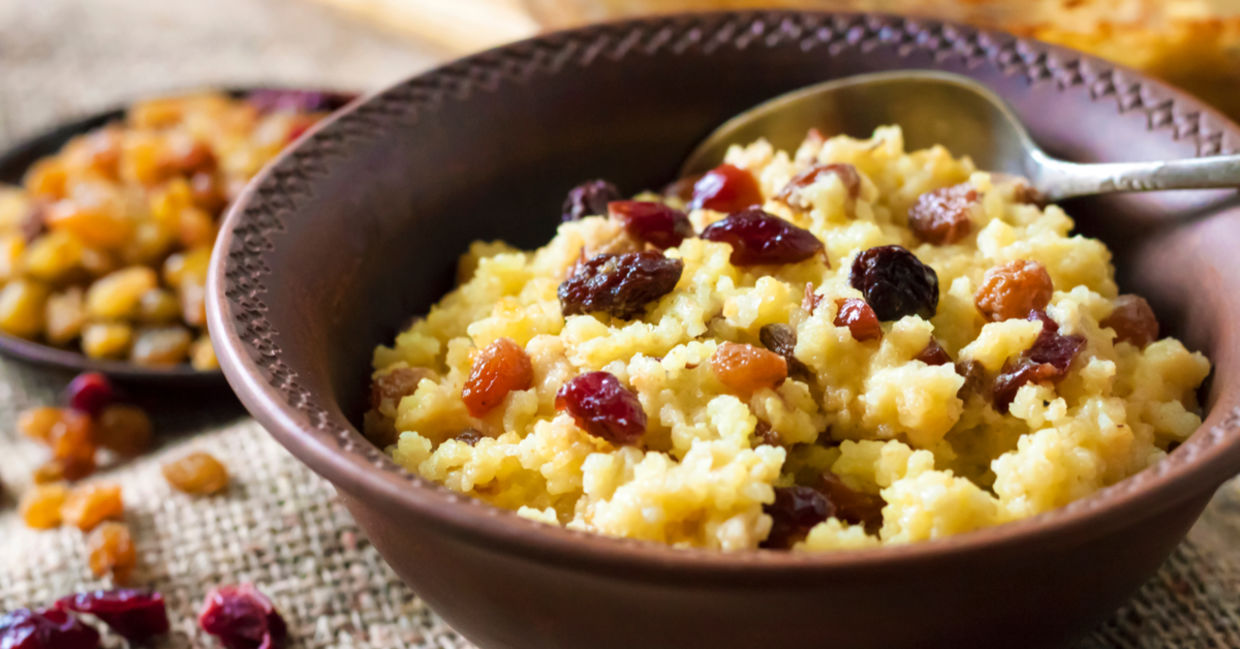
(TYNZA / Shutterstock.com)
Millet is a cereal grain that is grown all around the world and has been cultivated since ancient times throughout Asia and the Middle East, but you may have never heard of it. In fact, Millet is actually a group of small-seeded grasses and there are a variety of types including pearl, finger, foxtail, and proso (white). All are loaded with health benefits.
This extremely versatile grain can be grown in even harsh conditions in places where there is little water, according to Organic Facts. This makes it a climate change resistant food. India, the largest cultivator, grows 8 million tons of millet a year.
Millet is used to make porridge, bread, snacks and even to brew with. You can purchase organic millet as a grain to cook with, in cereals like muesli, and as a flour in health food stores, markets that carry Indian foods, and online.
One of the best things about millet is that it is gluten-free so people with celiac disease or have an intolerance to gluten can safely eat this grain instead of wheat. But there’s so much more. Check out these five additional health benefits of eating millet .
Full of Nutrition
Like most cereal grains, millet is a starch so it contains carbs but it is also loaded with vitamins A, B, niacin, and folate, as well as minerals according to Healthline. These include phosphorus, magnesium, calcium, and iron. Millet is also rich in protein and fiber. Finger millet actually contains the highest calcium content of all cereal grains.
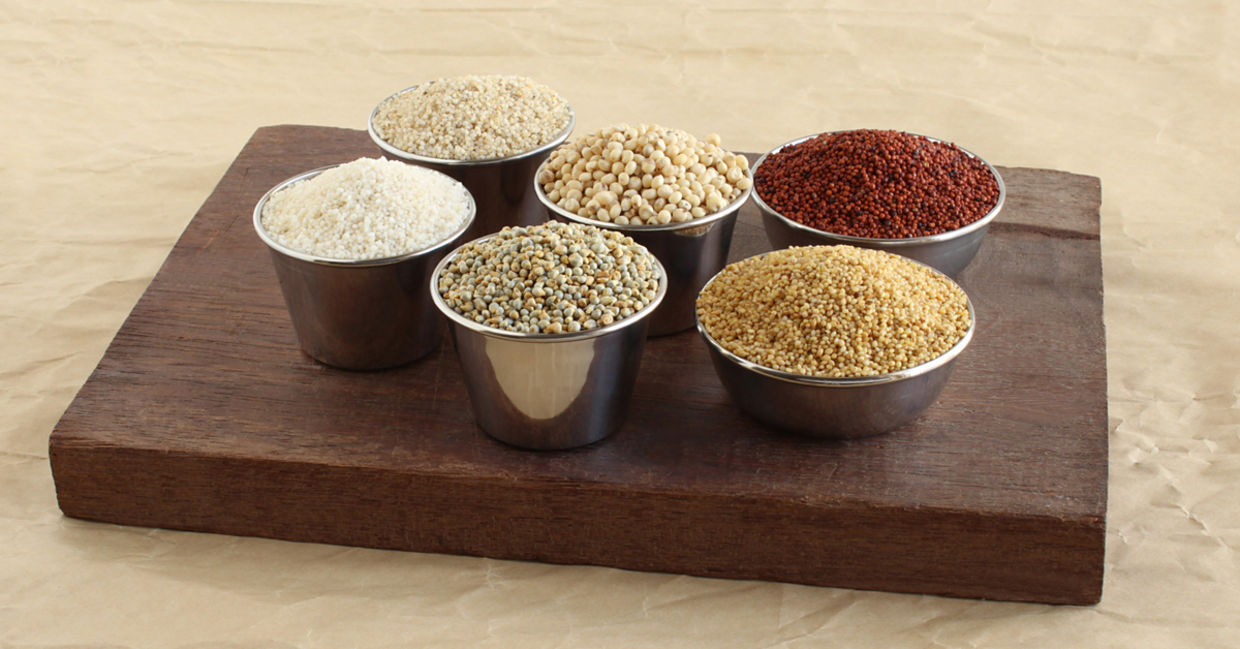
(GreenTree / Shutterstock.com)
Antioxidant Rich
Millet is a good source of phenolic compounds and antioxidants that can help protect your body from oxidative stress that may cause chronic health conditions like cardiovascular disease, arthritis, diabetes and even cancer. The darker the millet variety (foxtail, proso, and finger), the more antioxidants they contain. A study in the International Journal of Food Properties found that millet could be used as an antioxidant food resource to help reduce disease and maintain health.
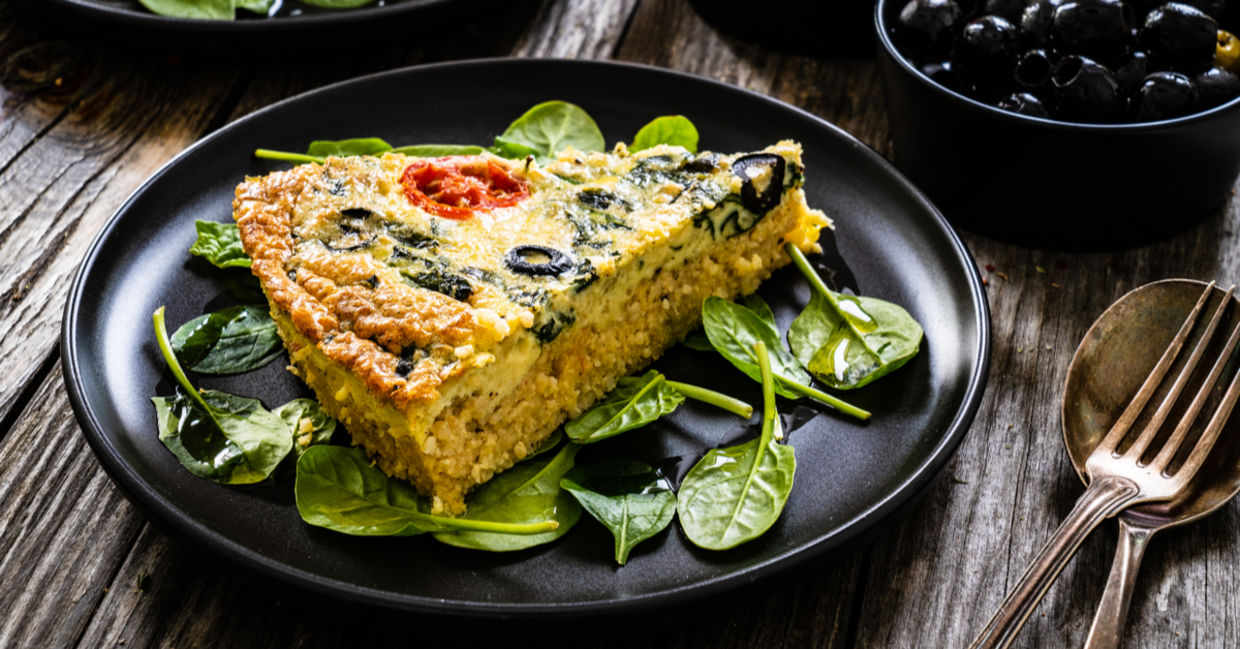
(Chatham172 / Shutterstock.com)
Helps With Blood Sugar Control
Since millet is high in complex carbohydrates, it has a low glycemic index according to WebMD. That’s because it takes longer to digest than wheat and that helps to keep blood sugar from spiking after eating. A 2016 study found that participants with type-2 diabetes who replaced rice cereal with a cereal made of foxtail millet had a reduced blood glucose level making it an ideal food for diabetics.
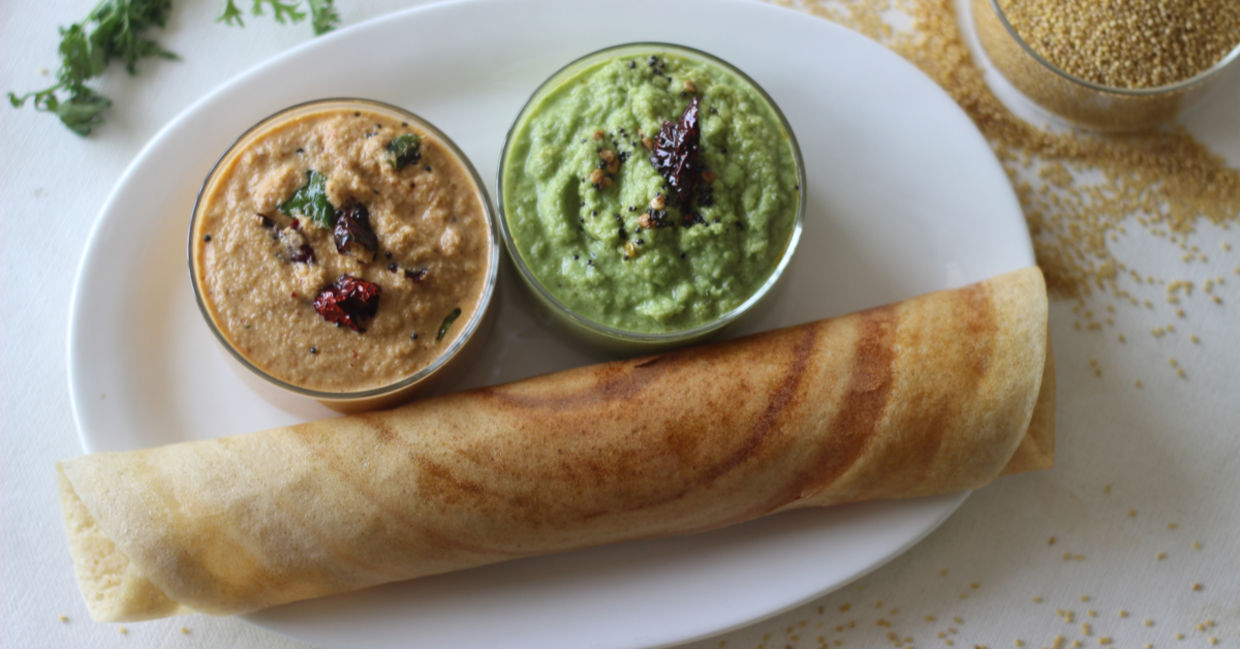
(Trending Now / Shutterstock.com)
Aids Gut Health
Since millet is rich in dietary fiber, soluble and insoluble – a prebiotic – it helps to support the good bacteria in your digestive system, could keep you regular, and may also reduce your risk of colon cancer, according to WebMD. Eating millet is an easy way to add more fiber to your diet.
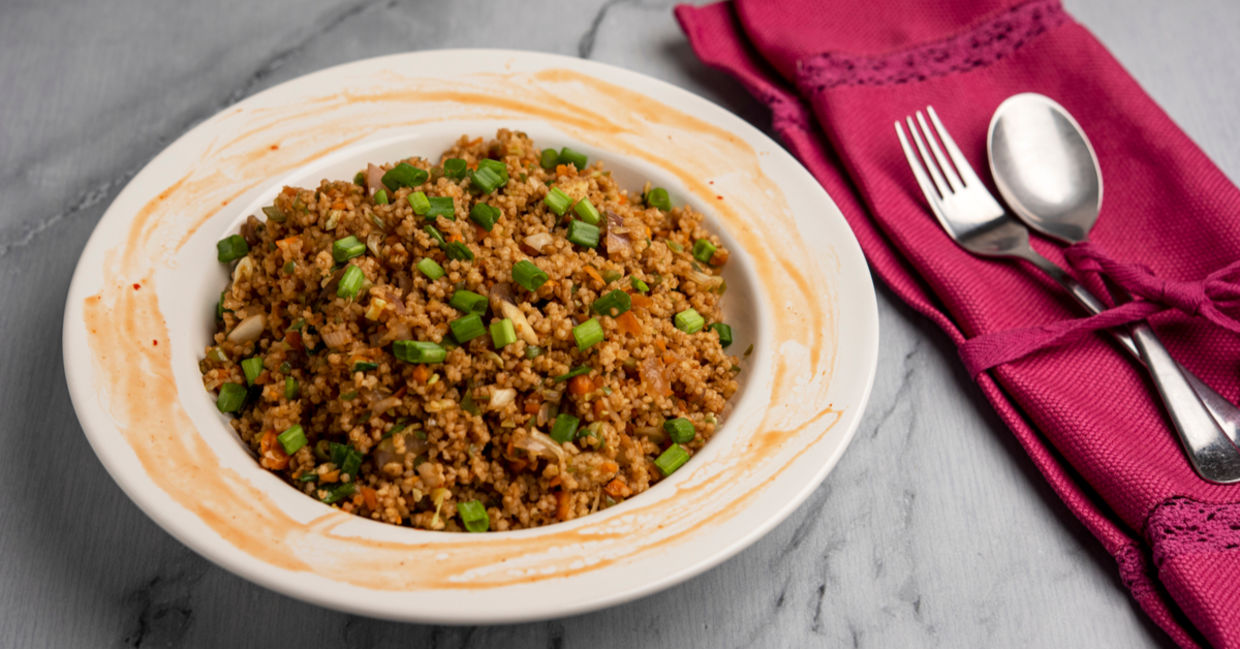
(Kingsly / Shutterstock.com)
Promotes Heart Health
There is a link between eating healthy grains and the prevention of heart disease according to Organic Facts. Since millet is high in magnesium, an important mineral that helps to reduce blood pressure levels, it could also reduce the risk of heart attacks and strokes. Millet is also helpful in reducing cholesterol due to the high amounts of dietary fiber it contains.
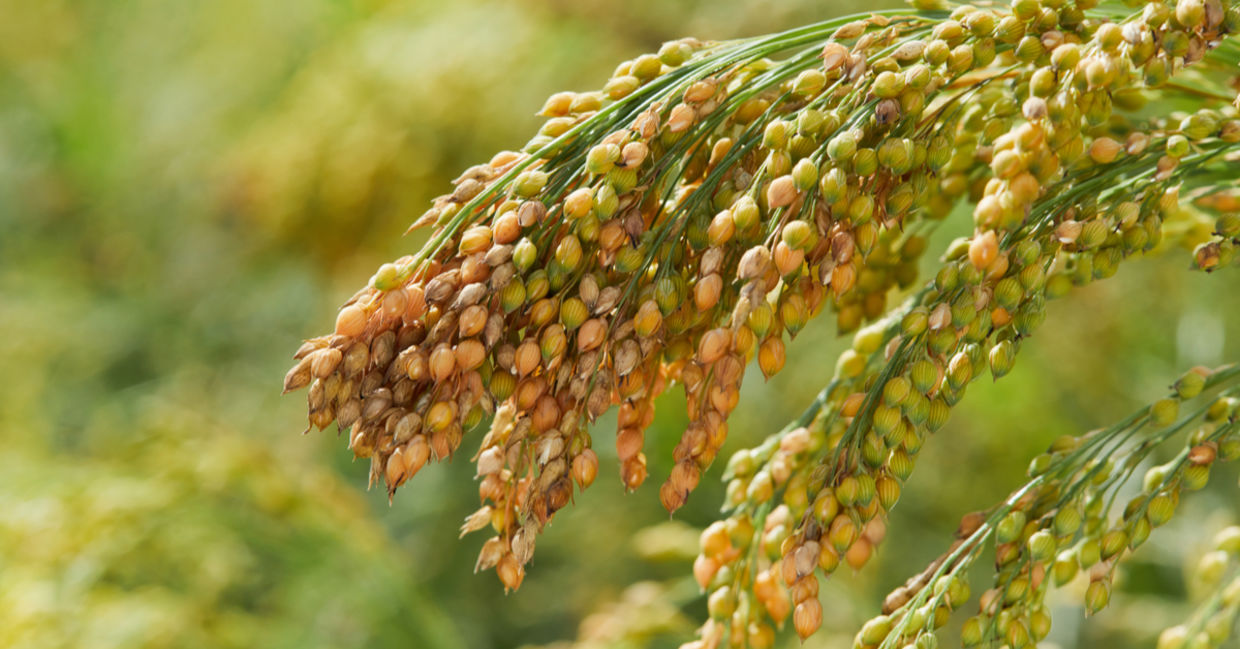
(krolya25 / Shutterstock.com)







